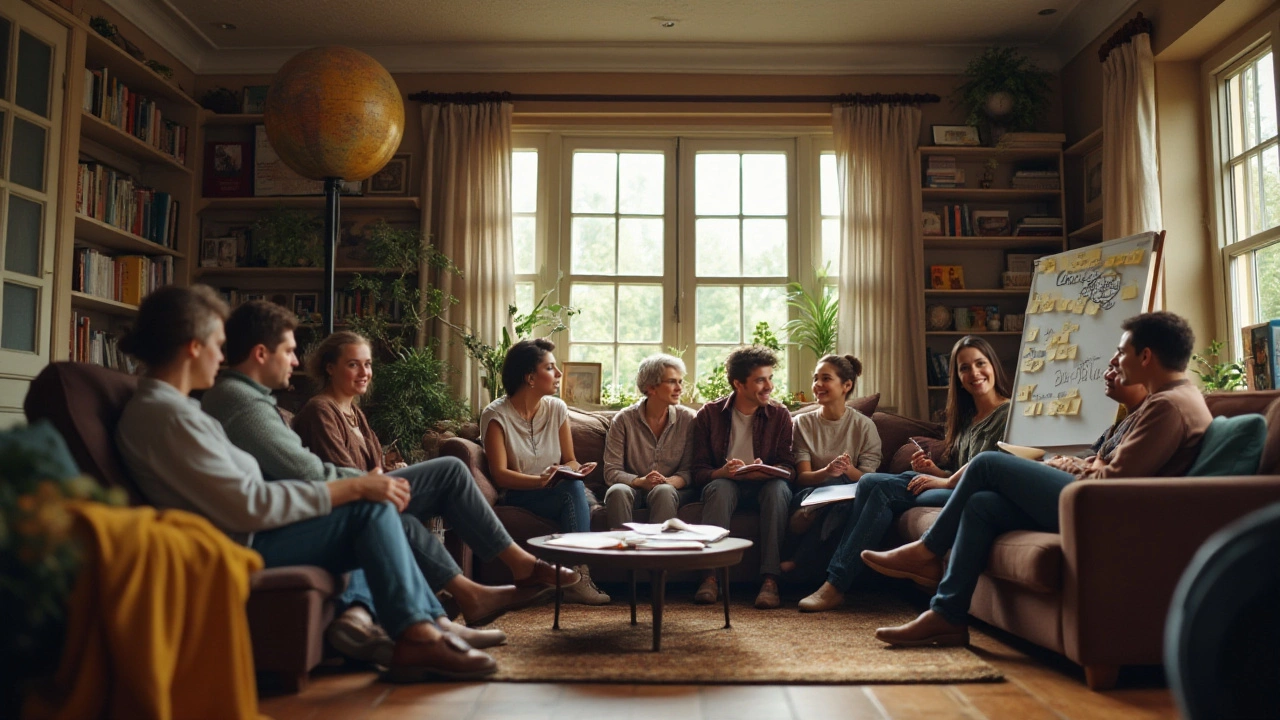Educational Theories Made Simple: What They Are and How They Help You Teach Better
Ever wonder why some lessons stick and others fade? The answer often lies in the theory behind the lesson. Understanding a few core ideas can turn a confusing class into a smooth learning experience.
Core Educational Theories You Should Know
First up is behaviorism. It says learning is a response to clear rewards or consequences. Think of a star chart for good work – the reward reinforces the behavior.
Next is cognitivism. This one focuses on how the brain processes information. Chunking facts, using mind maps, or breaking a story into parts all tap into this theory.
Constructivism assumes learners build knowledge from what they already know. Activities like group projects, hands‑on experiments, or storytelling let kids connect new ideas to real life.
Don’t forget social learning. Watching a peer solve a problem or hearing a teacher model a skill can be more powerful than a textbook alone.
Finally, for adults, andragogy or adult learning theory matters. Adults need relevance, self‑direction, and real‑world application. The "Five Pillars of Adult Learning Theory" post breaks these ideas down with easy examples.
Applying Theories in Everyday Teaching
So, how do you turn theory into practice? Start with a simple memory hack like the 3‑2‑1 technique. Write down three facts, two questions, and one summary after a lesson. It uses behaviorism (reward of completion) and cognitivism (active processing) at the same time.
When planning a revision session, try the 2357 method. Review material for 2 minutes, wait 3 minutes, then 5, and finally 7. This spaced repetition follows cognitive principles and boosts recall without extra workload.
If you teach older students or adult learners, give them a choice of topics or project formats. This self‑directed approach respects adult learning needs and keeps motivation high.
Special needs learners also benefit when you use respectful language and inclusive practices. The "Polite Terms for Special Needs" post shows how word choice can create a supportive environment and improve engagement.
In a primary setting like Ballywalter Primary School, mix these ideas: use visual aids for constructivism, quick quizzes for behaviorism, and peer teaching for social learning. The result is a lively classroom where every student can find a way to learn.
Want a quick checklist? Here it is:
- Identify the goal – knowledge, skill, attitude.
- Pick a theory that fits (e.g., constructivism for problem‑solving).
- Choose an activity that matches the theory (group work, flashcards, real‑world tasks).
- Add a reward or reflection step to reinforce learning.
- Review results and tweak for the next lesson.
By linking each lesson to a solid theory, you give yourself a roadmap, and students get a clearer path to success. Start with one theory today, experiment, and watch confidence grow.
-
27
- 0
Theories of adult learning offer valuable insights into how adults can continue their education throughout their lives. This article delves into three significant learning theories that guide adult education today, highlighting practical applications and real-life examples. From understanding the theory of andragogy to exploring transformative learning, each concept provides a framework for thinking about education beyond childhood. Also addressed are experiential learning techniques and their relevance. By uncovering these ideas, adults can better navigate their educational journeys and unlock new opportunities for growth. Read more
Tags Weight
- education
- exam preparation
- study tips
- adult education
- online courses
- adult learning
- lifelong learning
- distance learning
- GCSE revision
- online education
- private tutoring
- special needs education
- scholarships
- remote learning
- scholarship tips
- financial aid
- international students
- effective learning
- e-learning
- education funding

